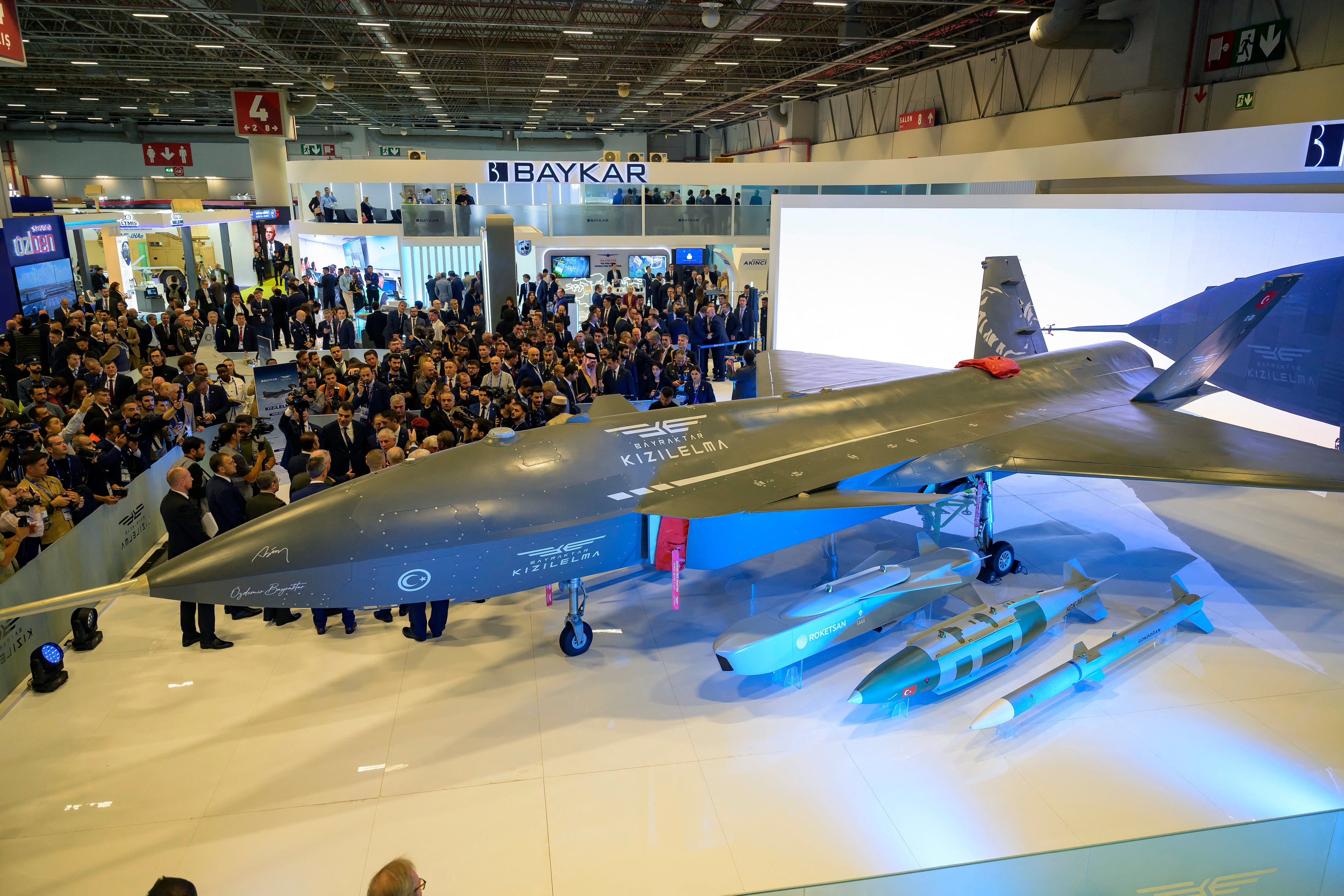The Department of Defense is expected to send Congress an updated electronic warfare strategy this month, one element of a broader initiative across government to ensure the U.S. military can compete in the electromagnetic spectrum in the future.
Driven by a fear of being overmatched in Eastern Europe, defense leaders and lawmakers have made rebuilding the Pentagon’s electronic warfare capabilities a priority.
As part of the annual defense policy bill for fiscal 2019, legislators asked the DoD for a report that described how it would close technical, policy or resource gaps related to electronic warfare, and how it would improve cooperation with allies in this area. That document was due to congressional defense committees Oct. 1. It was unclear by press time if lawmakers have received the report.
In addition, Congress asked the Pentagon to update its electronic warfare strategy, a document that is two years old. Lawmakers have been concerned that military offices are not coordinating enough among the services to become dominant in the electromagnetic spectrum.
Electronic warfare is also expected to factor into debates on defense spending later this year.
The Pentagon requested more than $10.2 billion for electronic warfare programs across the department in the FY20 budget request, according to figures in a Congressional Research Service report.
That increase is evident in Army budgets. The service requested approximately $5.7 billion for electronic warfare programs over the next four years in its FY20 budget request, the report said. That’s about $2.4 billion more than Army leaders expected to spend during the same time period, according to budget documents from spring 2018.
Those figures include roughly $915 million for the Army for research and development and about $3.5 billion in that area over the next five years.
The Congressional Research Service report attributed the increase to “the Army’s renewed focus on EW capabilities.” In addition, an increase in the funding request for the procurement budget for electronic warfare can be attributed “to the Army starting a new program for Assured Positioning, Navigation and Timing.”
Army officials are worried about the jamming of GPS signals on the battlefield, and the service is in the early stages of replacing its 300,000 defense advanced GPS receivers with terminals that support a harder-to-jam signal known as M-Code.
Army leaders also want to invest in long-endurance, unmanned airborne EW systems as well as more significant training for soldiers related to electronic warfare.
Electronic warfare on the ground has traditionally been used to intercept and jam radars, radios and improvised explosive devices.
“Our way of war assumes a level of spectrum access to allow us to fight in the way we desire,” Bill Conley said at the C4ISRNET Conference in June when he was the director of electronic warfare in the Office of the Under Secretary of Defense for Acquisition and Sustainment. “Anyone who closely studies the United States sees that ability to deny those links — sensing, seekers — as a potential way to challenge us.”
Mike Gruss served as the editor-in-chief of Sightline Media Group's stable of news outlets, which includes Army Times, Air Force Times, C4ISRNET, Defense News, Federal Times, Marine Corps, Military Times and Navy Times.








